Indonesia overlooks methane emissions in coal mining
Companies usually focus on CO2 reduction.
Indonesian coal mines are overlooking methane emissions, which have a warming effect 30 times greater than carbon dioxide. Currently, there is no regulation which mandates coal companies to report methane emissions, according to Jasmine Dody Setiawan, Ember’s Senior Analyst for Climate and Energy for Indonesia.
Setiawan explained that the absence of regulatory mandates coupled with a lack of awareness among coal companies has led to significant gaps in addressing methane emissions.
He revealed that only four out of ten coal companies in Indonesia measured and reported coal mine methane emissions within their sustainability reports. “Without a proper understanding of their methane emissions, it would be very difficult for them to define effective mitigation strategies,” he noted.
To encourage coal companies to prioritise methane emission reductions, Setiawan emphasised the need for regulatory intervention and incentive programs. “First, I think we need the regulation on methane measurement and reporting for coal companies. Then a capacity-building program for coal companies should be developed by the government to promote methane mitigations,” he suggested
Setiawan also recommended pairing these programs with supporting schemes such as partial subsidies for pilot projects to help companies kickstart methane mitigation initiatives. Furthermore, existing carbon pricing regulations, currently being implemented for coal-fired power plants, present an opportunity to fund methane mitigation.
When discussing the role of technology in mitigating methane emissions in the coal industry, Setiawan highlighted the availability of effective solutions. “The technology is there. Methane pre-mine drainage is a common approach to reduce methane emissions from surface coal mines, which are the main coal mine type in Indonesia,” he said. The captured methane can be utilized for power generation, injected into gas pipelines, or even used to fuel trucks for mining activities.
“This technology has been commonly applied in other countries, such as the United States, China, Australia, and Poland,” Setiawan pointed out. Given the significant methane emissions from Indonesia’s coal mines, he argued that this technology should also be considered in the second Nationally Determined Contribution (NDC) that is being prepared by the government.

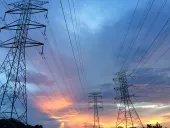
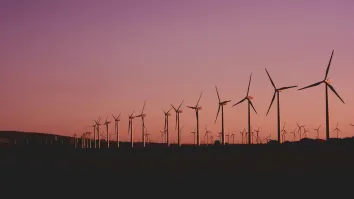
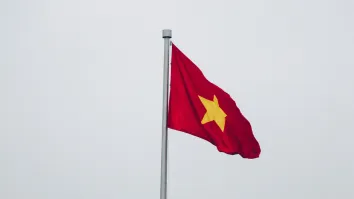
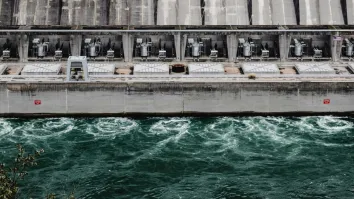
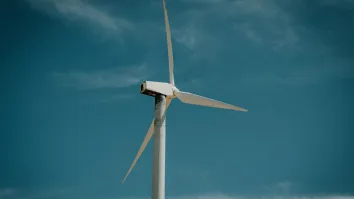
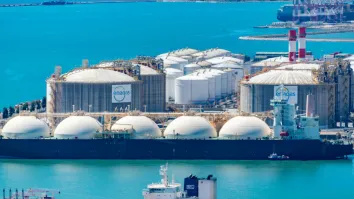












 Advertise
Advertise







Commentary
How pump retrofits boost profitability and efficiency in ageing power plants